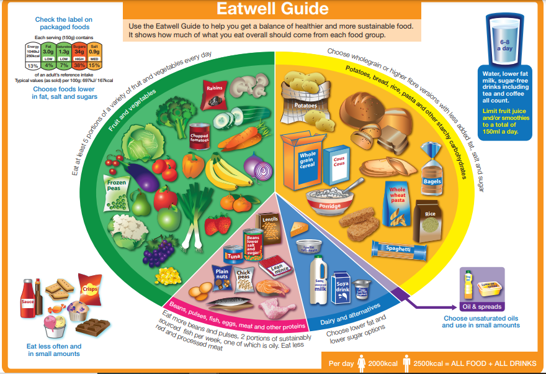Weight Loss Advice

What is BMI and why is it used?
The Body Mass Index (BMI) is a measurement used internationally to determine healthy weight by dividing a person’s weight in kilograms by their height in metres squared. The NHS says that this calculation gives a healthy weight range for a particular height, which accounts for variations in body shape and is said to be the most useful population-level indicator of excess weight and obesity. BMI:
Below 18.5 is classed as underweight;
Between 25 and 29 is classed as overweight; and
Between 30 to 39.9 is classed as obese.
The Patient Information Forum have compiled a helpful BMI guide which can be found here.
What are the current recommendations?
Updated NICE guidelines recommend keeping waist size to less than half of height to reduce the risk of potential health problems. Adults with a body mass index (BMI) below 35 kg/m² (obesity class 2) are encouraged to measure their own waist-to-height-ratio.
Is there a healthy weight programme I can follow?
Designed for adults with a body mass index (BMI) of 25 or above who want to be a healthier weight, NHS Inform 12 Week Weight Management Programme found here helps with goal setting, food organisation, eating out and sleep management.
Services such as local weight management groups and support from dietitians can be accessed directly through self-referral or through a GP/ Health Professional. More information regarding this can be found here on the NHS Inform website.
What should a healthy meal look like?
The Eatwell Guide as seen below, is a useful tool to show how much of what we eat overall should come from each food group to achieve a healthy and balanced diet. More information can be found here on the NHS website.

More information regarding healthy eating, special diets and weight loss can be found on the NHS Inform website.
 Eatwell Guide
Eatwell Guide
 Patient Information Forum BMI diagram
Patient Information Forum BMI diagram